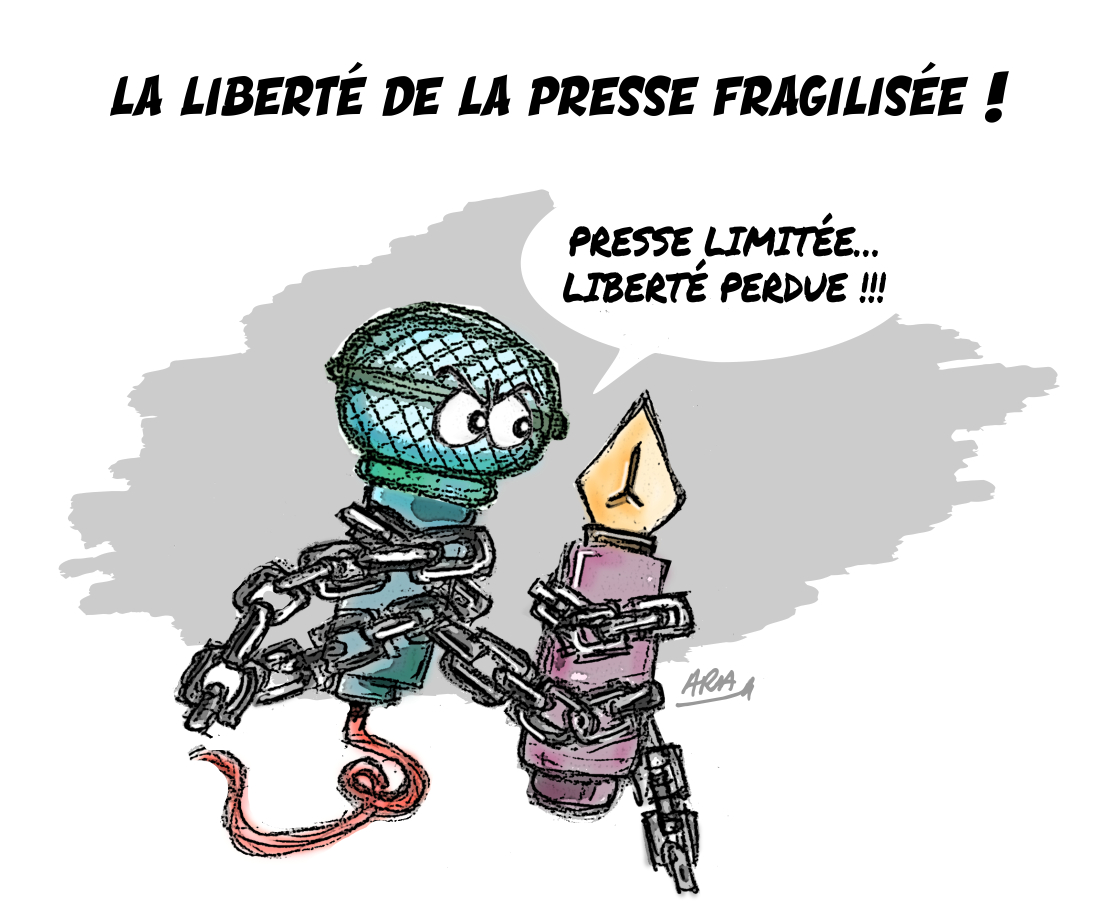Covid-19 : hydroxychloroquine works episode III France Italy : who treats best ?

ANALYSIS: The nrCFR index (*) is a measure of the quality of the medical care management of the Covid-19 pandemic in a population over time. The previous paper(**) investigated the consequences of the #LancetGate. The present one measures the impact of the therapeutic strategies decided by the governments and the health authorities of France and Italy, at the heart of the pandemic.
Italy and France adopt clear and opposed therapeutic strategies
On March 17 the Italian Medicines Agency authorizes, by decree, the prescription and reimbursement of hydroxychloroquine for the treatment (including at home) of patients with a Covid-19 infection.
83% of Italian doctors prescribed hydroxychloroquine as reported in a Sermo survey between April 6 and 9, 2020.
On March 23, only a few days later, France prohibits, also by decree, the dispensing of hydroxychloroquine by retail pharmacists. Thereby prohibiting, in practice, its prescription in town.
Public health choices are decisive
The nrCFR lethality index goes from 45% to 26% in Italy, in the “impact zone” after the authorization of hydroxychloroquine in general medicine, while the epidemic was in full swing. This impact zone is estimated, following the previous papers, at a period between 11 days and 25 days after the prescription decision.
In the graph below we represented in red the significant decrease in the nrCFR over the impact zone. This index continued to decline to reach 5%. Whist in France, the nrCFR increased over the same period, before decreasing to trend towards 14%.

A statistically significant difference in Italy
The nrCFR of March 28, 45.9% (calculated over the period from March 21 to 28) was 83.28% higher than the nrCFR of April 11, 25.04% (calculated over the period from March 4 to April 11).
The difference between the two nrCFRs is statistically significant at 99% (Efficiency 100.00%, p <0.00001).

Hydroxychloroquine efficacy in COVID-19 disease: a 66% reduction in the risk of death
A clinical trial by the respected Professor Antonella d'Arminio Monforte from the Department of Medical Research of the University of Milan published on July 29th in the International Journal of Infectious Diseases states that the use of hydroxychloroquine and azithromycin has been associated with a 66% reduction in the risk of death compared to the control group.
The analysis also suggested greater efficacy of hydroxychloroquine in patients with less severe COVID-19 disease. This trial was conducted on 539 patients hospitalized for Covid-19 from February 24 to May 17, 2020. The authors do not declare any conflict of interest.

The title of the study is evocative and confirms the analysis of the nrCFR.
Effectiveness of hydroxychloroquine in COVID-19 disease: a done and dusted situation ?
This would support the position taken by Professor Raoult of the IHU in Marseille on February 25th 2020 and provides additional validation to the IHU studies.
(Editor's note: this paragraph was added on July 31st following the publication of the study).
The clear therapeutic prescription strategy decided by Italy will have had a decisive impact on public health: a much lower proportion of deaths among the resolved cases following the authorization of hydroxychloroquine than in France. And this despite an older population more vulnerable than in France and a more than questionable level of assistance from the European Union.
“Paracetamol and staying at home, it's the Eiffel Tower that leans”.
(*) Definition
The nrCFR index (New Resolved Case Fatality Rate), a concrete and dynamic measure of the success of care over time (almost real-time since it only covers a sliding period of 7 days) was created by Michel Jullian. It is simply equal to the proportion of deaths among the cases resolved (dead or cured) in the 7 days ending on day D:
nrCFR (J) = [M (J) -M (J-7)] / [G (J) - G (J-7) + M (J) -M (J-7)]
where M = total number of deaths and G = total number of people cured since the start of the epidemic. The index should be corrected for age when populations of different age structures are compared.
(**) Article of July 20: Covid-19 hydroxychloroquine works episode II "Stupefying effects in 53 countries"
Thanks to Annie Wypychowski for her help with editing, and to Nathalie Izzo (@ Nathalienath19) for her support.
À LIRE AUSSI
L'article vous a plu ? Il a mobilisé notre rédaction qui ne vit que de vos dons.
L'information a un coût, d'autant plus que la concurrence des rédactions subventionnées impose un surcroît de rigueur et de professionnalisme.
Avec votre soutien, France-Soir continuera à proposer ses articles gratuitement car nous pensons que tout le monde doit avoir accès à une information libre et indépendante pour se forger sa propre opinion.
Vous êtes la condition sine qua non à notre existence, soutenez-nous pour que France-Soir demeure le média français qui fait s’exprimer les plus légitimes.
Si vous le pouvez, soutenez-nous mensuellement, à partir de seulement 1€. Votre impact en faveur d’une presse libre n’en sera que plus fort. Merci.



